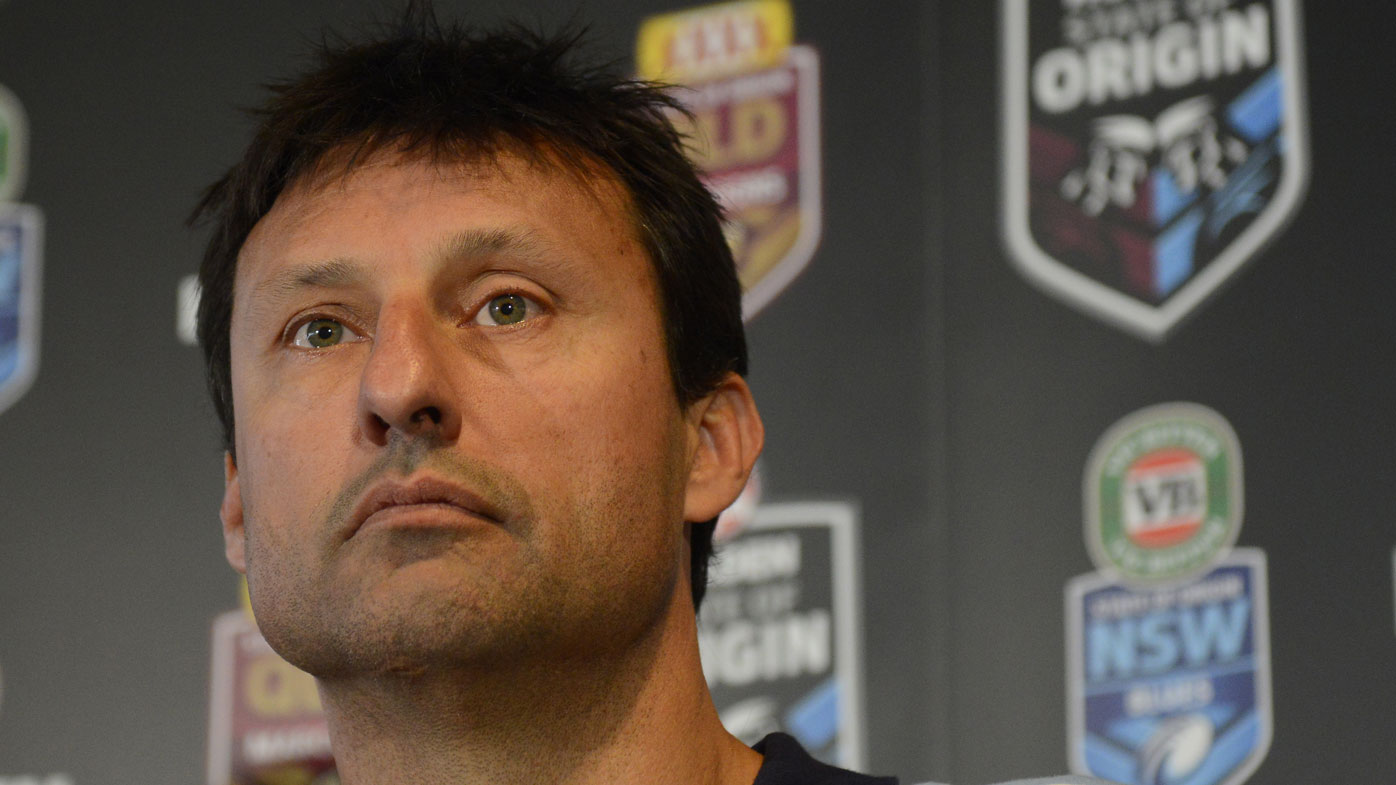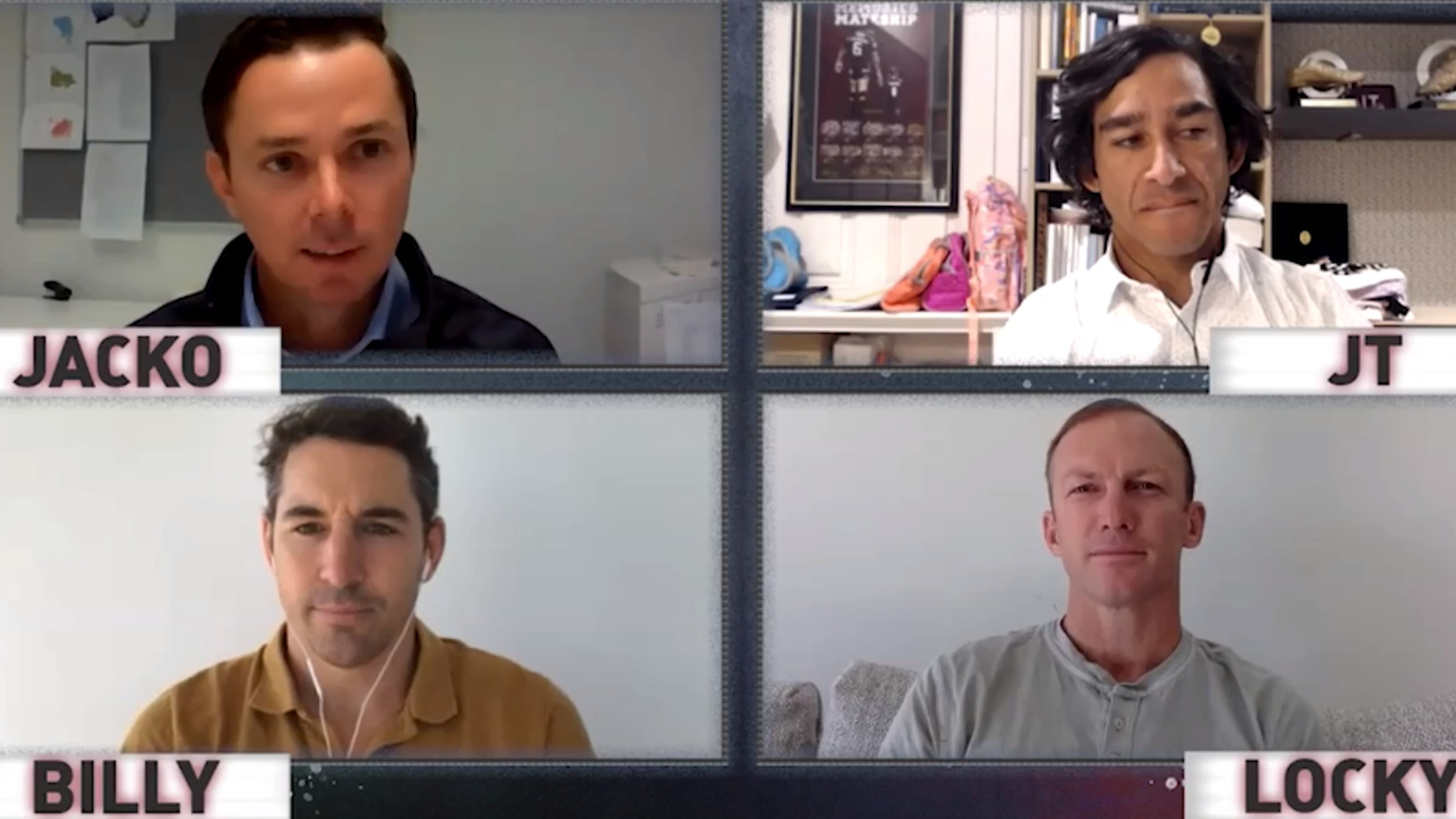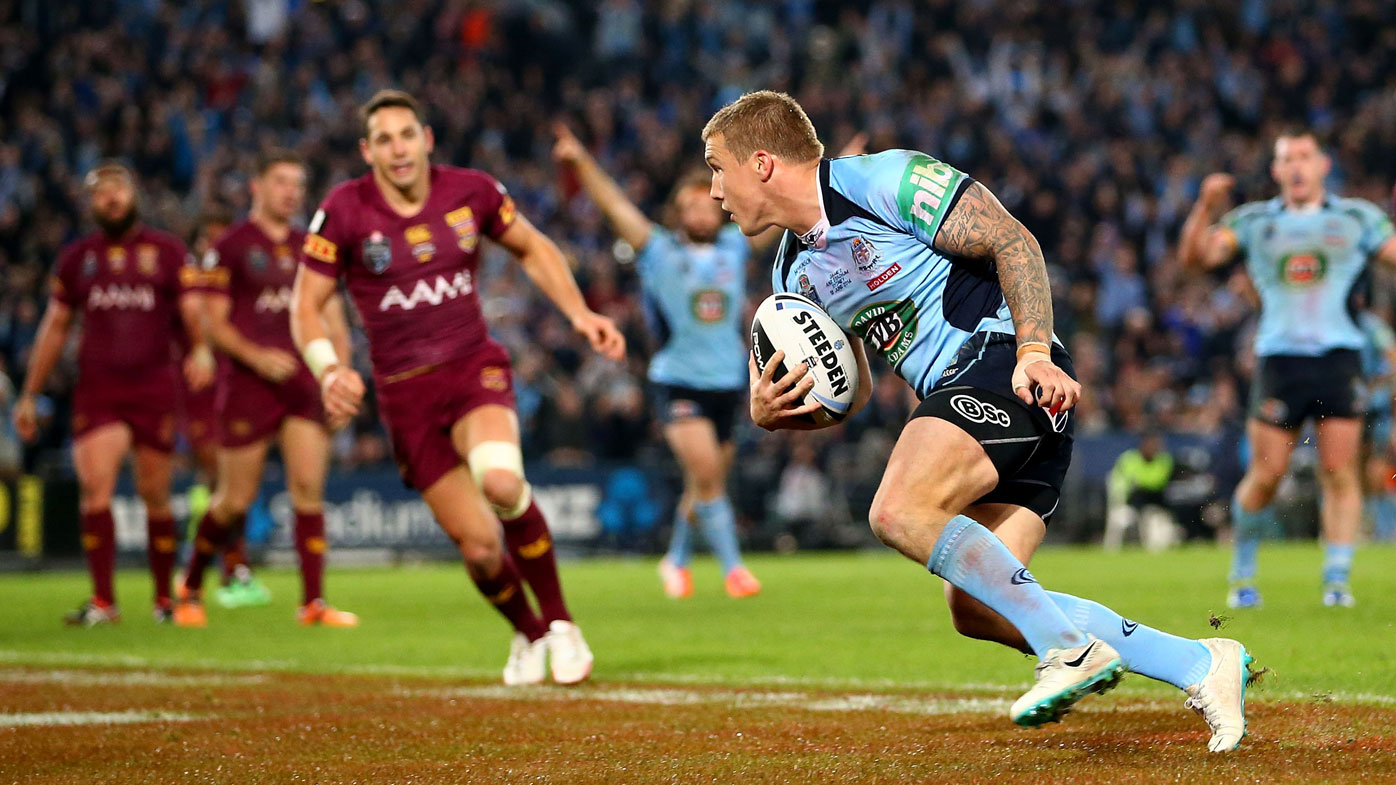When the Blues broke Queensland's eight-year grip on the State of Origin arena in 2014, most fans south of the border thought time had arrived for NSW to begin a run of their own.
History proved that theory to be wrong with the Queenslanders keen to assert their dominance by taking out the trophy the next two years. But the 2014 series did lay the blueprint for future success for NSW while proving their hasty selection methods of the past needed a massive overhaul.
Laurie Daley was in his second consecutive year as full-time coach of NSW after having his hopes dashed of winning his debut series as coach. The Blues won the first game but were out-muscled in game two and three gifting Darren Lockyer a series victory in his final outing in the Origin arena.
Before Daley's appointment, NSW coaches were part-time leading back to 2006 with Graham Murray, Craig Bellamy Ricky Stuart splitting their time with NRL jobs. Even though Daley couldn't get a win in his first crack at the role, Lockyer's absence the following year presented a perfect opportunity.

The Blues were forced to modify their halves combination with Mitchell Pearce sanctioned for a nightclub incident, opening the door for Trent Hodkinson take his place alongside former Bulldogs teammate Josh Reynolds.
Pearce had played in every game as halfback since the second match of the 2010 series and held the record for consecutive matches in the position. While Pearce's infringement left the team a halfback short at the selection table, his poor off-field behaviour allowed Daley to stick with the same halves pairing throughout the series.
The return of Jarryd Hayne at fullback in place of Josh Dugan also gave the Blues' spine a lot more punch, in addition to Robbie Farah who had occupied the hooking role the last couple of years.
NSW had gone through 14 different halves pairings between 2006 and Lockyer's retirement, frantically looking for answers. For the first time in a long time they fielded the same players in their spine the entire series, a move Maroons legend Darren Lockyer believes was pivotal to their success that year.

Speaking on Wide World of Sports' Dynasty, the league great admitted familiarity in the halves was a vital component for the Blues, but they were also helped by an injury to Maroons halfback Cooper Cronk which ruled him out for the series.
"That year the Blues stuck with the same spine the whole series. They couldn't find the answers against us so they would change their team, particularly their halves a lot and couldn't get any stability or continuity with that. In that department they were good," Lockyer said.
"But in Game One, Daly (Cherry-Evans) came on for Cooper but he had been groomed for that No.14 spot which is basically playing like a half but coming in and playing on the edges a bit.
"He wouldn't have done a lot of training at halfback. Cooper doesn't get injured too often and when he came off and the cogs got a little disjointed.

"Everyone wanted to see how far the run could go and at some point it was going to come to an end. NSW just probably hung in for each other a lot better than they did for the previous eight years and it was their turn."
Even without Cronk the Blues could only manage 12–8 and 6–4 victories in Game One and Game Two, with Hodkinson scoring the series-winning try in the second game. Reynolds had also played a key role with his niggling tactics, with fellow Maroons great Billy Slater saying it all played into to a new culture of toughness instilled by Daley.
"The one thing that stands out for me was how much they competed," Slater said. "They just hung in there. There was a couple of tight games in one and two that they won. That was probably a trait of NSW looking back.
"When they dig deep and compete on every play. I think it was Trent Hodkinson in Game Two who scored the try to win the series in the last ten minutes."
Johnathan Thurston agreed with Slater, conceding the Blues were a different side in 2014 from years past. The addition of Josh Reynolds let the Maroons know they were going to play an aggressive style of play. Reynolds at the time was known for his intimidating style, with his niggling tactics a feature of his game. If the Blues could get Reynolds to rattle Thurston, then more responsibility would lie on Cherry-Evans, a tactic the former Bulldogs star relished.

"Josh Reynolds had a really good series," Thurston admitted. "He was a real pain in my backside that series and got underneath my skin and just kept coming after me. I was like 'will this guy just leave me alone?'"
Thurston said before the team left the field in Game Two, Cameron Smith had already addressed the team and stressed the importance of winning Game Three, even though it was a dead rubber.
"One thing that always stood out for myself when you're playing in this arena the memories of a whitewash is what people remember. You never want to be part of a losing whitewash," Thurston said.
"We spoke about it. Smithy got us into a huddle after Game Two and laid the law down about what had just happened and what was expected of us in Game Three."
from WWOS http://wwos.nine.com.au/nrl/state-of-origin-how-nsw-broke-maroons-streak-into-2014/05debd48-443c-4448-9316-8a3db98ae027

0 Comments